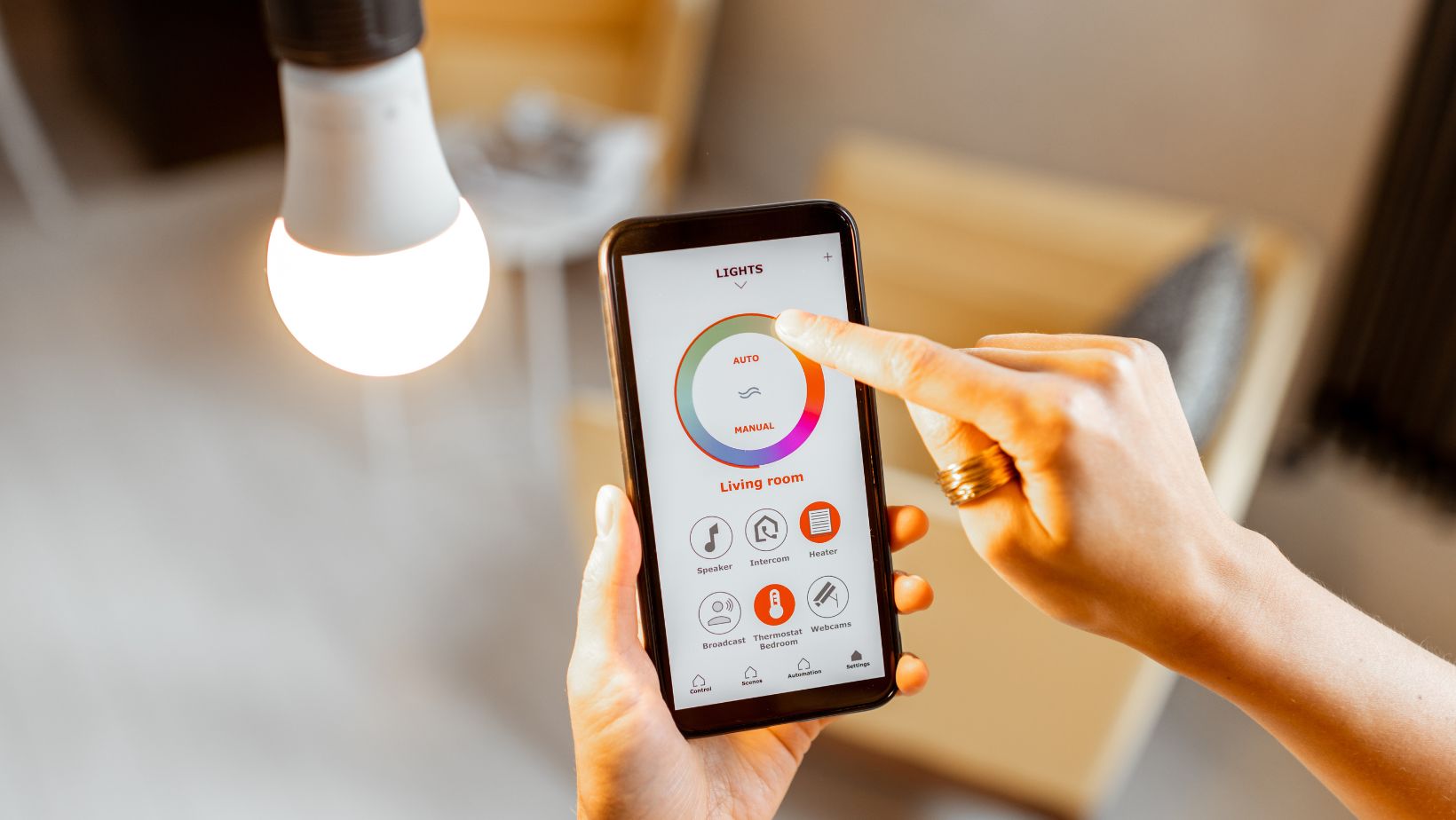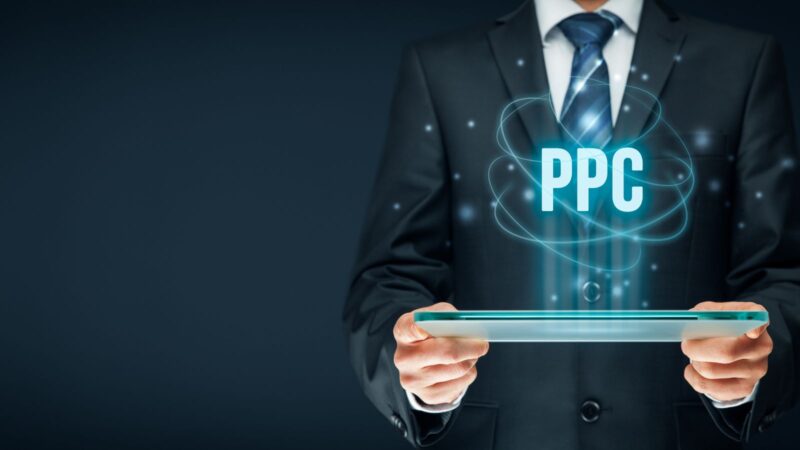
Lighting accounts for a significant portion of home and business energy consumption. Traditional incandescent and fluorescent lights are inefficient and contribute to high electricity bills. In recent years, smart lights have emerged as a game-changing solution for energy efficiency and cost savings. This article will explore how smart lighting technology works and how it can benefit your bottom line.
What are Smart Lights?
Smart lights are internet-connected lighting devices that can be controlled remotely using a smartphone app, voice assistant, or automation system. They typically use energy-efficient LED bulbs and offer a range of features beyond simple on/off functionality.
Some common types of smart lights include:
- Smart bulbs – These are individual bulbs that screw into existing fixtures and connect to your Wi-Fi network. They can be controlled individually or grouped to create custom lighting scenes.
- Smart switches replace traditional wall switches and allow you to control your existing light fixtures with smart features. They’re a good option if you have multiple bulbs per fixture or want to maintain a consistent aesthetic.
- Smart plugs – These plug into standard outlets and can make any lamp or light fixture smart by allowing remote control and scheduling.
- Smart light strips are flexible LED light strips that can be cut to size and stuck to various surfaces. They’re often used for accent lighting, under-cabinet illumination, or decorative purposes.
The main advantage of smart lights over traditional lights is their ability to be controlled and automated based on various triggers and conditions. This allows for more precise and personalized lighting, which can lead to significant energy savings.
How Smart Lights Save Energy
Smart lights save energy in several ways:
Efficient LED Technology
Most smart lights use LED (light-emitting diode) bulbs, which are far more energy-efficient than incandescent or fluorescent bulbs. LEDs use up to 90% less energy than incandescent bulbs and last up to 25 times longer, significantly reducing replacement costs.
LEDs also emit very little heat, so they don’t contribute to cooling loads in the summer. This is especially important in commercial settings where lighting can account for a significant portion of HVAC energy use.
Occupancy Sensing
Many smart lights have built-in occupancy sensors that detect when a room is empty and automatically turn off the lights. This ensures that lights are only on when they’re needed, eliminating wasted energy from lights being left on in unoccupied spaces.
Occupancy sensing is particularly useful in areas with irregular use patterns, such as restrooms, conference rooms, and storage areas. It can also be helpful in open-plan offices where some workstations may be vacant.
Daylight Harvesting
Smart lighting control systems can be integrated with photosensors that measure the amount of natural light in a space. When there is sufficient daylight, the system can automatically dim or turn off the electric lights to save energy.
Daylight harvesting is most effective in perimeter zones near windows, where natural light levels are highest. It can also be used in skylights or atriums to maximize free, renewable daylight.
Scheduling and Zoning
Smart lights can be programmed to turn on and off at specific times based on a predefined schedule. This ensures that lights are only on during occupied hours and reduces the risk of lights being left on overnight or during weekends.
Scheduling can be customized for different zones or areas within a building, such as lobbies, corridors, and individual rooms. This allows for more granular control and optimization of lighting energy use.
Dimming and Tuning
Smart LED lights are highly dimmable, operating at lower power levels while providing sufficient illumination. Dimming lights by just 10% can result in a 10% energy savings, while dimming by 50% can save up to 40%.

Smart lights can also be tuned to different color temperatures (warm to cool) depending on the time of day, task, or user preference. This enhances visual comfort and allows for more targeted and efficient use of light.
Remote Monitoring and Control
One key benefit of smart lights is the ability to monitor and control them remotely using a smartphone app or web portal. This allows facility managers to track tomorrow energy usage, identify anomalies, and make real-time adjustments.
Remote monitoring can also help detect and diagnose maintenance issues, such as burned-out bulbs or malfunctioning sensors. This proactive approach can reduce downtime and maintenance costs over the long run.
Smart Lighting Case Studies
To illustrate the tangible benefits of smart lighting, let’s look at some real-world case studies:
The Edge, Amsterdam
The Edge is a 430,000-square-foot office building in Amsterdam that has been dubbed the “world’s greenest office building.” One of its key features is a smart LED lighting system integrated with the building’s IT network.
The system uses over 6,000 smart LED lights equipped with sensors for occupancy, temperature, humidity, and daylight. The lights can be controlled individually or in groups and automatically adjust based on conditions and user preferences.
The smart lighting system and other energy-efficient features have helped The Edge achieve a BREEAM score of 98.4% – the highest sustainability rating ever awarded to an office building. The building uses 70% less electricity than a typical office building, resulting in significant cost savings for tenants.
Walmart, various locations
Walmart, the world’s largest retailer, has been implementing smart LED lights in its stores and distribution centers as part of its energy efficiency initiatives. The company has installed over 1.5 million smart LED fixtures across over 6,000 locations.
The smart lights are controlled by a centralized energy management system, allowing remote monitoring, scheduling, and dimming. The system also integrates with occupancy sensors and daylight harvesting to optimize energy use.
Walmart estimates that the smart lighting upgrades have reduced energy consumption by over 1 billion kWh per year, equivalent to taking 150,000 cars off the road. The company has also seen a 50% reduction in maintenance costs due to the longer lifespan of LED bulbs.
The Sinclair, Fort Worth
The Sinclair is a 165-room boutique hotel in Fort Worth, Texas, fully outfitted with smart LED lights. The hotel uses Power over Ethernet (PoE) technology to power and control the lights, eliminating the need for traditional electrical wiring.
The smart lighting system includes over 6,000 custom-designed LED fixtures that can be individually controlled for color temperature, brightness, and scheduling. The lights are integrated with the hotel’s guest room management system, allowing guests to personalize their lighting environment using a touchscreen panel.
Sinclair’s smart lighting system and other energy-efficient features, such as smart thermostats and automated shades, have helped the hotel reduce its energy usage by 35% compared to a traditional hotel. The hotel has also seen a 50% reduction in construction costs using PoE instead of conventional wiring.
Implementing Smart Lights in Your Home or Business
If you’re considering upgrading to smart lights in your home or business, here are some steps to get started:
- Assess your current lighting system and identify opportunities for improvement. Consider factors like energy usage, occupancy patterns, and user needs.
- Research different types of smart lights and control systems to find the best fit for your space and budget. Look for products with proven energy savings and positive user reviews.
- Develop a phased implementation plan that prioritizes high-impact areas first. This could include common areas, restrooms, or perimeter zones with natural light.
- Install and configure the smart lights according to the manufacturer’s instructions. This may require professional assistance, depending on the complexity of the system.
- Train occupants on how to use and customize the smart lighting system. Provide clear instructions and resources for troubleshooting.
- Monitor energy usage and system performance over time to identify additional opportunities for optimization. Regularly maintain and update the system to ensure its longevity and efficiency.
By following these steps, you can unlock the full potential of smart lights and realize significant energy and cost savings in your home or business.
The Future of Smart Lighting
As technology advances, the future of smart lighting looks increasingly bright. Some emerging trends and innovations include:

- Improved sensors and controls – The next generation of smart lights will likely have even more sophisticated sensors for occupancy, daylight, and environmental conditions. They may also have more granular and responsive dimming, color tuning, and scheduling controls.
- Integrated IoT platforms – Smart lights are becoming increasingly integrated with other Internet of Things (IoT) devices and systems, such as HVAC, security, and audiovisual equipment. This allows for more holistic and automated control of building systems.
- Health and well-being—Smart lights are designed with human-centric features that support health, comfort, and productivity. For example, some systems can mimic natural daylight cycles to regulate circadian rhythms and improve sleep quality.
- Sustainability and circularity – As the world moves towards a more sustainable future, smart lighting will play a key role in reducing energy consumption and carbon emissions. Manufacturers are also exploring circular economy principles, such as designing lights for disassembly, reuse, and recycling.
By staying attuned to these trends and continually optimizing their smart lighting systems, homeowners and businesses can stay ahead of the curve and reap the benefits of this transformative technology.
Conclusion
Smart lights are powerful tools for energy efficiency and cost savings in residential and commercial settings. Smart lights can significantly reduce lighting energy use and associated costs by leveraging advanced features like occupancy sensing, daylight harvesting, scheduling, and dimming.
Real-world case studies have demonstrated the impressive results of smart lighting projects, with some buildings achieving up to 70% energy savings and 50% maintenance cost reductions. These benefits are suitable for the bottom line and the environment, as they help reduce greenhouse gas emissions and conserve natural resources.
If you want to upgrade your lighting system, smart lights are a smart choice. By following best practices for implementation and staying informed about the latest trends and innovations, you can unlock this game-changing technology’s full potential and enjoy a brighter, more efficient future.










